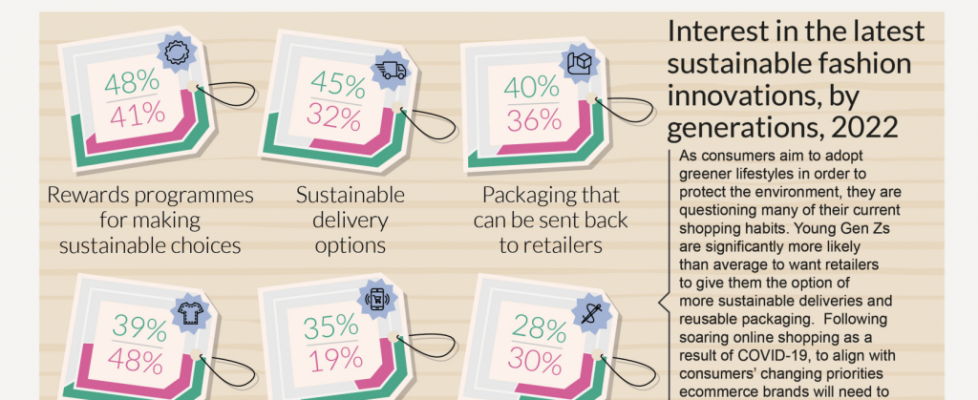Planet
The business of fashion comprises four pillars People, planet, profit and purpose.
According to Ellen Macrthur foundation (no date), The circular economy is a systems solution framework that tackles global challenges like climate change, biodiversity loss, waste, and pollution. The system is based on three principles, driven by design eliminate waste pollution, circulate products and materials and regenerate nature. The fashion industry is known for being a major contributor to world pollution and climate change. Responding to an environmentally sustainable fashion industry should transition from the traditional linear system model to the circularity model.
The fashion industry as a heavy pollution industry has a lot of responsibility to integrate with sustainability development, according to the united nations SDG, it includes 17goals which need to solve, fashion industry has a lot of action and changes needed to be done.
The majority of SDG impact and guide the fashion industry, for example, the 12th SDG: responsible consumption and production, as the major contributor to world pollution and climate change, the fashion industry consume lots of natural resources like water, forest and soil to produce 80 billion garments each year()and cost 76billion cubic meters of water each year, emitting thousand million tonnes of CO2 at the same time.
In line with three detailed targets in SDG12, by 2030, achieving the sustainable management and efficient use of natural resources and substantially reducing waste generation through prevention, reduction, and recycling .it also notes that ensuring people everywhere have relevant information and awareness for sustainable development and lifestyles in harmony with nature .’
Overproduction is a severe problem in the fashion industry, clothing production doubled between 2000 and 2014,40% of all items which be estimated by consultancy are sold at a markdown, solving overproduction could reduce carbon emissions by 158 million tonnes a year. This SDG target also promotes the development of the fashion industry towards the concept of slow fashion and speeds up the transformation to circular fashion. The breakdown of the target also indicates that sustainable patterns of consumption and production can be achieved by upgrading the science and technology of the recycling and recovery process. so the biofabric and other raw materials exploration and production will be expected as an imperative opportunity to relieve the emission and water pollution in the support chain. Besides, fashion companies should also respond to producing and selling more durable and repairable products to prolong the use and reuse of products, which is important to build a good circular economy.in accordance to Sender (2022), the latest research shows that sustainable customer behaviour was increasing in the last 12 months, almost two-fifths have purchased items supporting them rewear and use for different occasions, rising to 47%of women and half of Gen Z. In keeping with this,69%of consumer has looked for new ways to wear items in their wardrobe rather than but buy new items, increasing to 78% of women change their consumption behaviour. The second-hand market is undergoing a boom, particularly among the younger generation (16-24).this is being driven both by rising awareness of the environment as well as the trend for vintage pieces, with 67% agreeing that it is trendy to buy pre-loved fashion. Compared to women, men prefer to buy more durable items. Overall, to further educate consumers building sustainable awareness, fashion companies should dedicate to creating more transparent processing information for the customer and provide a recycling and repairing community and platform to help customers make the right choice.
1.MOGAVERO.T(2022) Clothed in Conservation: Fashion & Water. Available at:
https://sustainablecampus.fsu.edu/blog/clothed-conservation-fashion-water(Accessed at: October 9th ,2022)
2. Sustainable Development Goals(no date)Goal 12: Ensure sustainable consumption and production patterns. Available at:
https://www.un.org/sustainabledevelopment/sustainable-consumption-production/(Accessed at;October 8th,2022)
3. Sustainable Development Goals(2019)ActNow for Zero-Waste Fashion. Available at:https://www.un.org/sustainabledevelopment/blog/2019/08/actnow-for-zero-waste-fashion/
